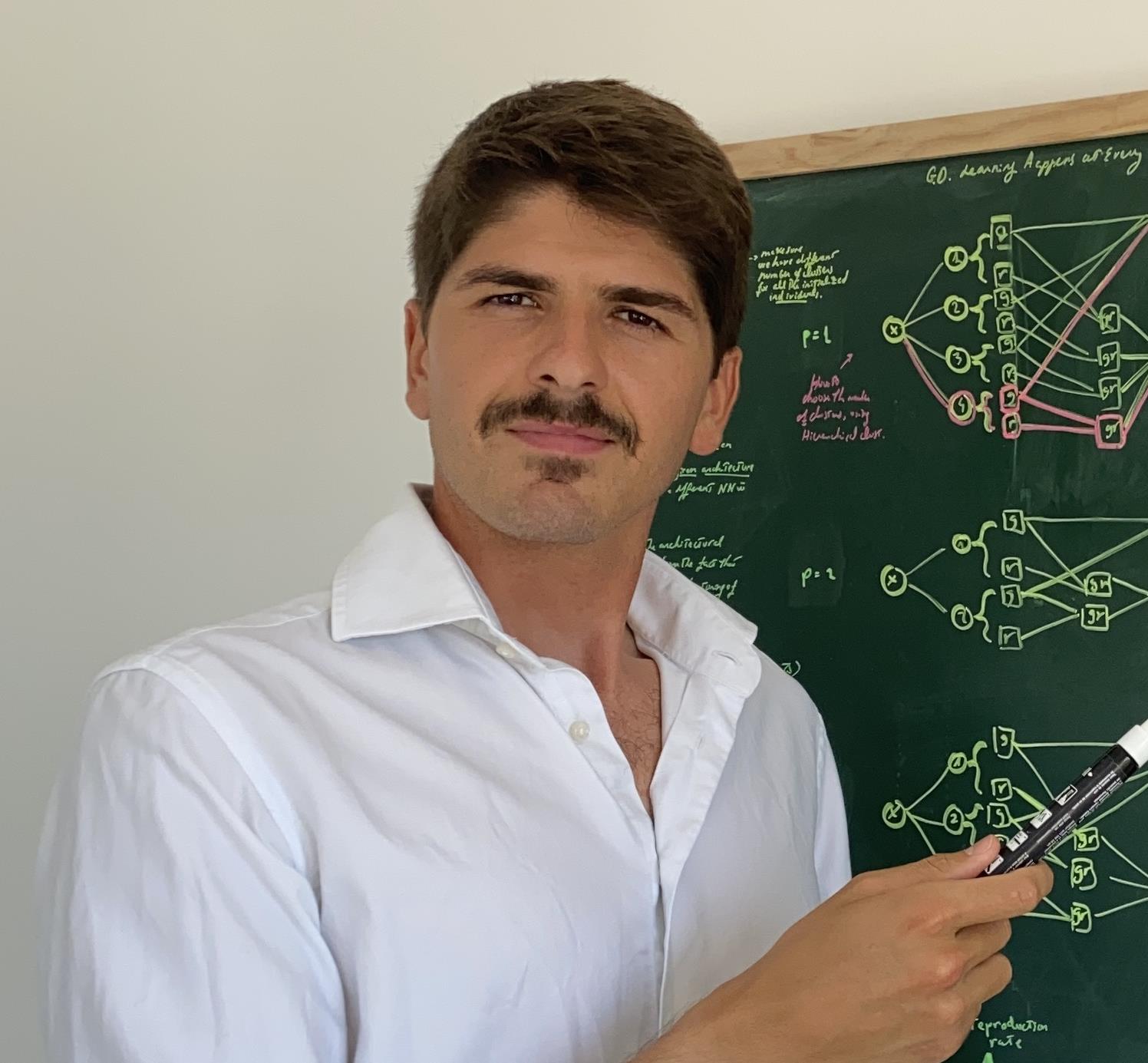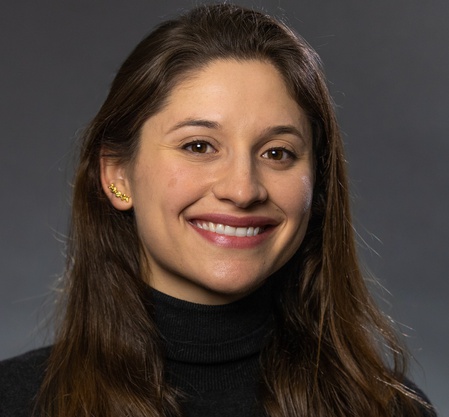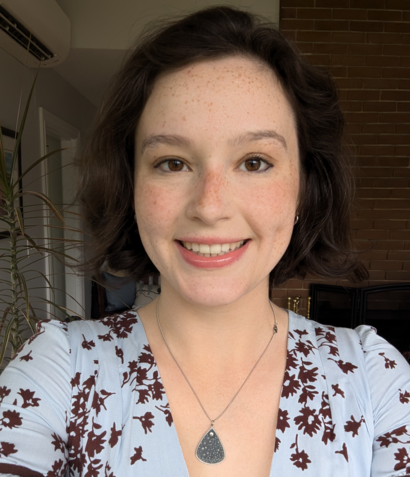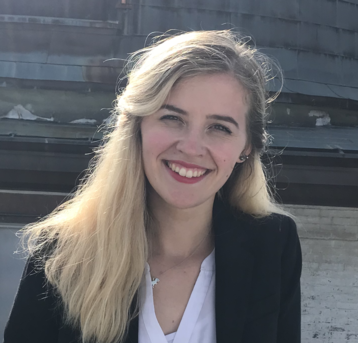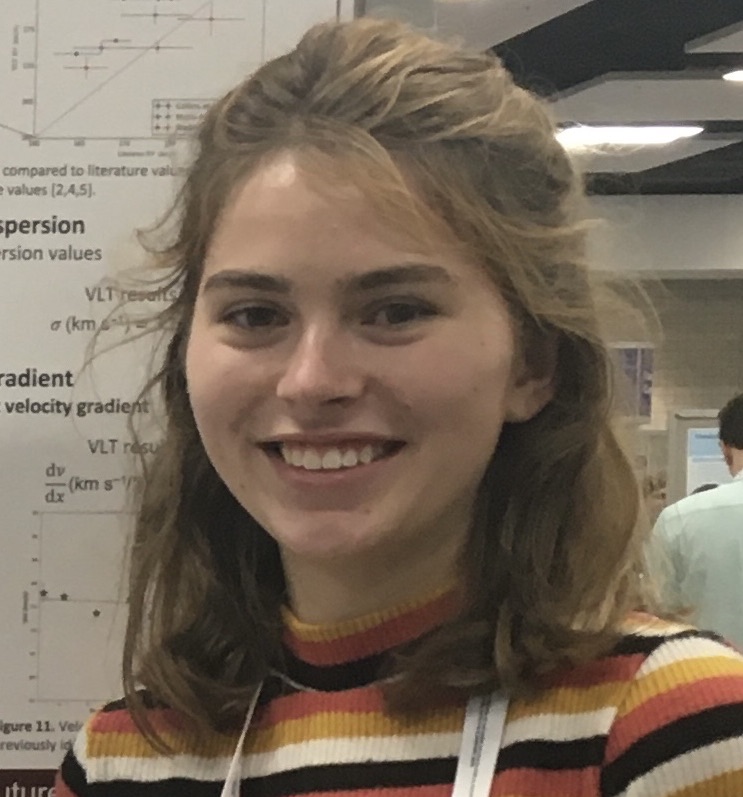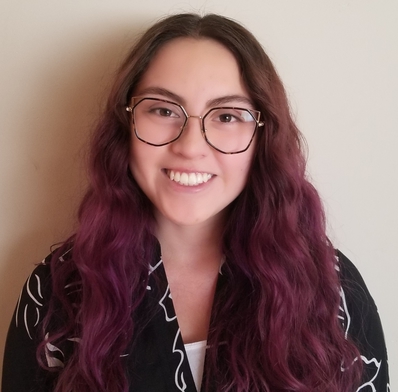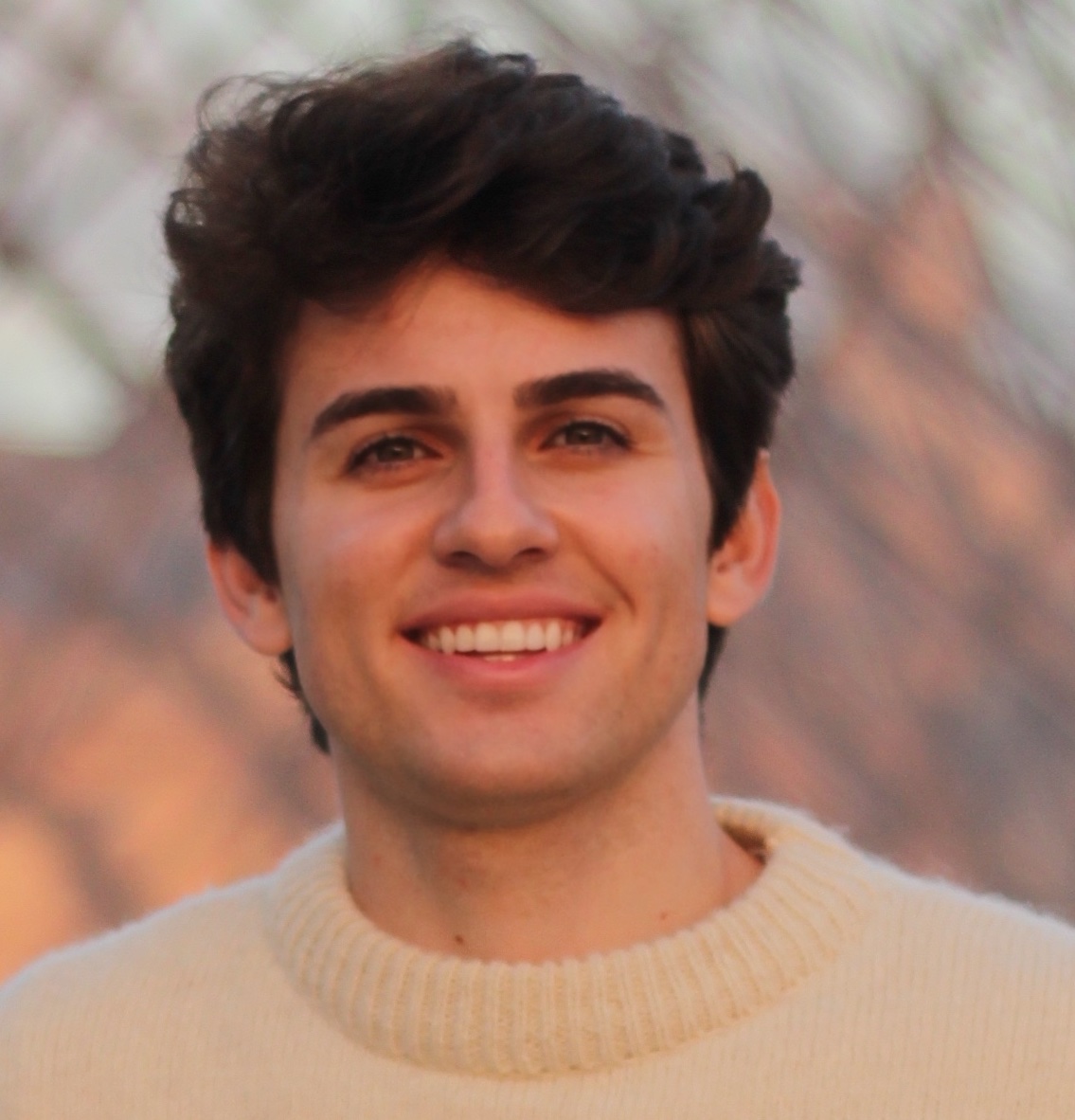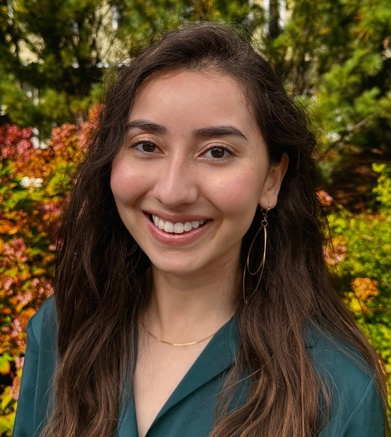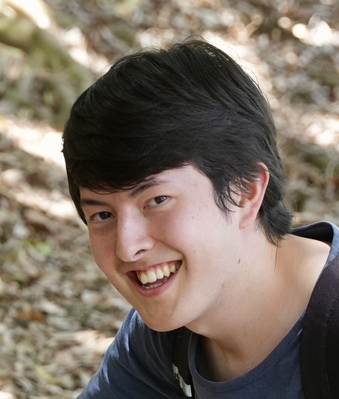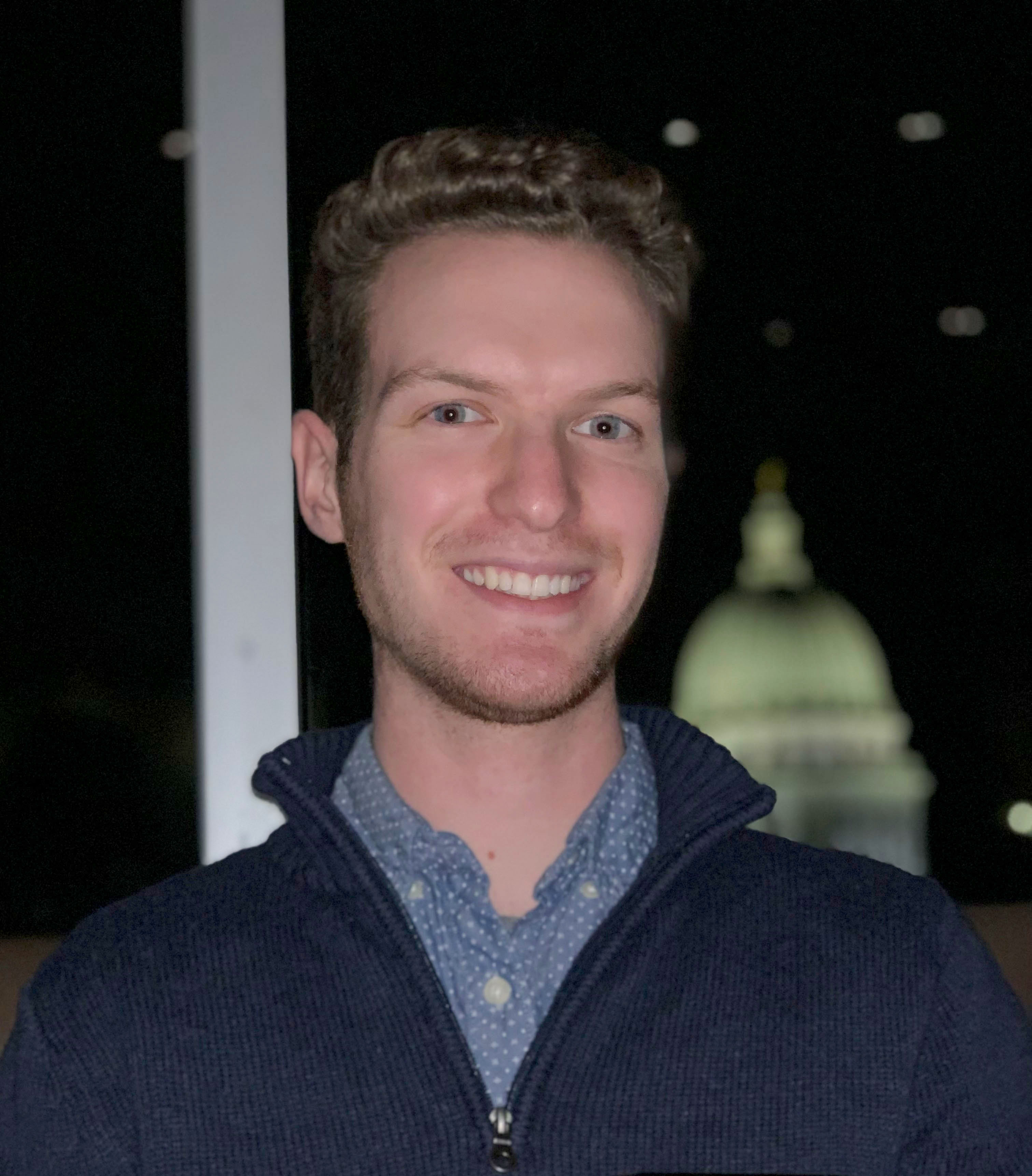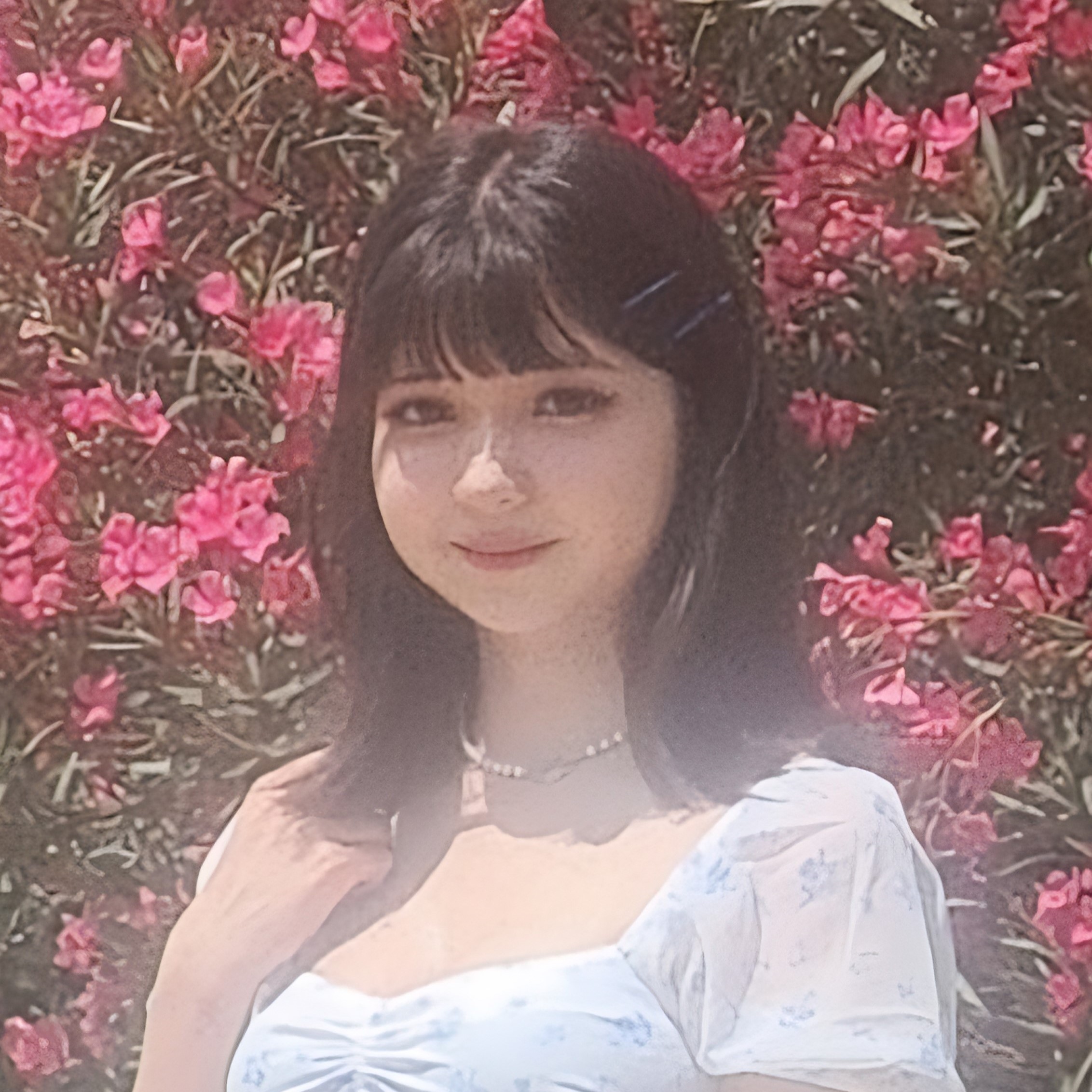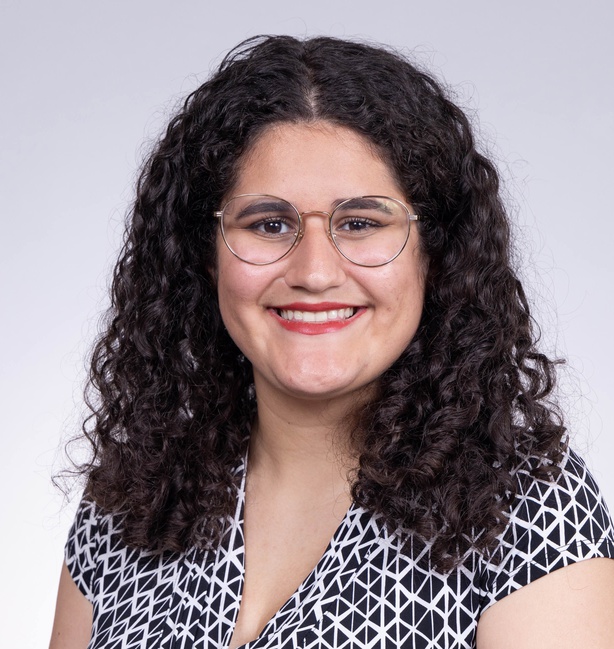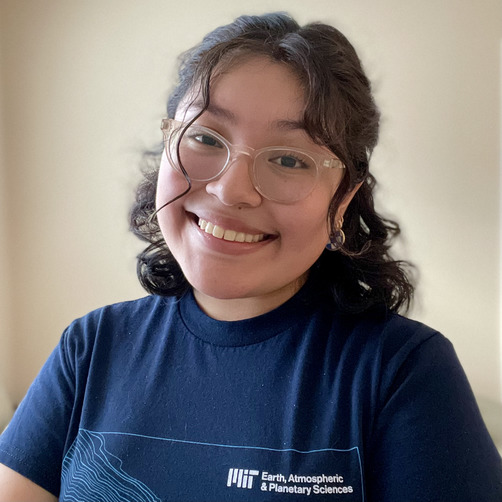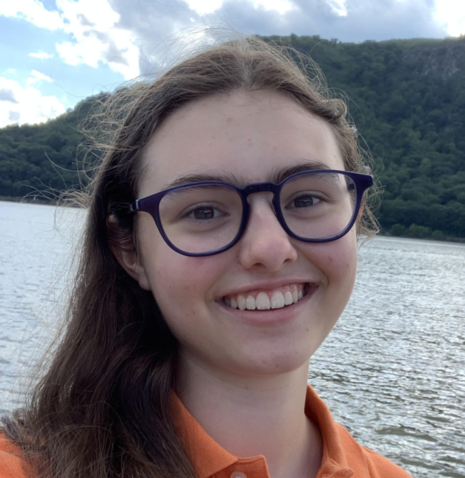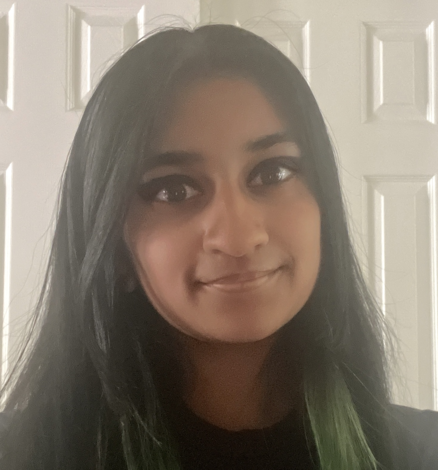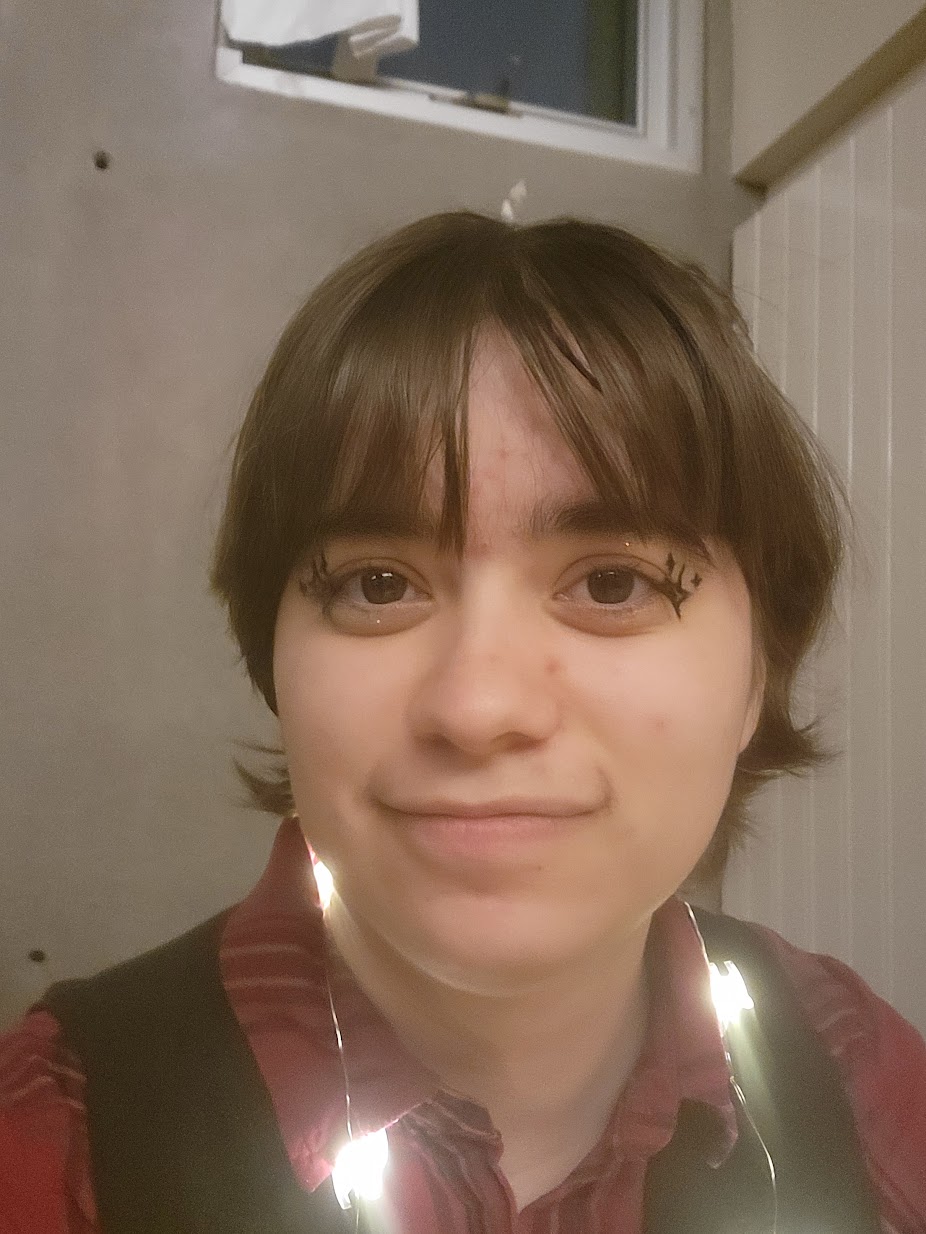Postdocs/Research Scientists
Javier Viaña
Javier Viaña is currently a Mauricio and Carlota Botton Postdoc Fellow at MIT Kavli Institute of Astrophysics and Space Research. He obtained his Ph.D. in Explainable Artificial Intelligence applied to the Aerospace Engineering at the University of Cincinnati. His doctoral research revolved around the conception of novel transparent algorithms that not only provide accurate predictions but also human-understandable justifications of the results. His current research is focused on the design of deep neural network architectures that automatically classify TESS transiting planet candidates. Previously, Javier developed tailored AI solutions for different aerospace organizations such as Aurora Flight Sciences, Boeing, Satlantis Microsatellites, NASA, ESA, Genexia, and the Northern Kentucky International Airport. He graduated from his Bachelor's in Mechanical Engineering at the University of the Basque Country, and Master’s in Aerospace Engineering at the University of Cincinnati. His main research topics and interest include transparency in AI, deep fuzzy networks, genetic fuzzy systems, bio-inspired evolutionary optimization, white dwarf spectral characterization, exoplanet detection, and black holes.
Javier Viaña is currently a Mauricio and Carlota Botton Postdoc Fellow at MIT Kavli Institute of Astrophysics and Space Research. He obtained his Ph.D. in Explainable Artificial Intelligence applied to the Aerospace Engineering at the University of Cincinnati. His doctoral research revolved around the conception of novel transparent algorithms that not only provide accurate predictions but also human-understandable justifications of the results. His current research is focused on the design of deep neural network architectures that automatically classify TESS transiting planet candidates. Previously, Javier developed tailored AI solutions for different aerospace organizations such as Aurora Flight Sciences, Boeing, Satlantis Microsatellites, NASA, ESA, Genexia, and the Northern Kentucky International Airport. He graduated from his Bachelor's in Mechanical Engineering at the University of the Basque Country, and Master’s in Aerospace Engineering at the University of Cincinnati. His main research topics and interest include transparency in AI, deep fuzzy networks, genetic fuzzy systems, bio-inspired evolutionary optimization, white dwarf spectral characterization, exoplanet detection, and black holes.
Juliana García-Mejía
Dr. Juliana García-Mejía (hOO - lee - AH - nuh, Gahr - see - ah, meh - HEE - ah) is a 51 Pegasi b and MIT Pappalardo postdoctoral fellow at the MIT Kavli Institute for Astrophysics and Space Research. Juliana is broadly interested in developing novel astronomical instrumentation to enable the study of exoplanets, their atmospheres, and their low mass stellar hosts. She is the PI of The Tierras Observatory, a new 1.3-m ultra-precise fully automated photometer located atop Mt. Hopkins, Arizona. Having spent her entire Ph.D. building Tierras, she is currently focused on using the facility to uncover temperate terrestrial planets, search for moons around exoplanets, and study their low mass stellar hosts. Juliana is also pursuing the design of a high throughput, extremely high resolution pathfinder spectrograph to enable narrow-wavelength atmospheric structure and velocity dynamic studies of exoplanets, and to expand cosmochronological and magnetic field studies of stars of varied spectral types. In the future, this instrument could enable the detection of molecular oxygen in a terrestrial exoplanet atmosphere.
Dr. Juliana García-Mejía (hOO - lee - AH - nuh, Gahr - see - ah, meh - HEE - ah) is a 51 Pegasi b and MIT Pappalardo postdoctoral fellow at the MIT Kavli Institute for Astrophysics and Space Research. Juliana is broadly interested in developing novel astronomical instrumentation to enable the study of exoplanets, their atmospheres, and their low mass stellar hosts. She is the PI of The Tierras Observatory, a new 1.3-m ultra-precise fully automated photometer located atop Mt. Hopkins, Arizona. Having spent her entire Ph.D. building Tierras, she is currently focused on using the facility to uncover temperate terrestrial planets, search for moons around exoplanets, and study their low mass stellar hosts. Juliana is also pursuing the design of a high throughput, extremely high resolution pathfinder spectrograph to enable narrow-wavelength atmospheric structure and velocity dynamic studies of exoplanets, and to expand cosmochronological and magnetic field studies of stars of varied spectral types. In the future, this instrument could enable the detection of molecular oxygen in a terrestrial exoplanet atmosphere.
Emily Pass
Emily is a Torres Postdoctoral Fellow at the MIT Kavli Institute for Astrophysics and Space Research. She is an observational astronomer focused on the study of M dwarfs, the smallest and most common type of star. Her research explores how these small stars differ from our Sun and the consequences for their attendant planets. She is also broadly interested in how planetary demographics depend on stellar properties. Before starting at MIT, she received a PhD from Harvard University and a BSc from the University of Waterloo.
Emily is a Torres Postdoctoral Fellow at the MIT Kavli Institute for Astrophysics and Space Research. She is an observational astronomer focused on the study of M dwarfs, the smallest and most common type of star. Her research explores how these small stars differ from our Sun and the consequences for their attendant planets. She is also broadly interested in how planetary demographics depend on stellar properties. Before starting at MIT, she received a PhD from Harvard University and a BSc from the University of Waterloo.
Saugata Barat
Saugata Barat is currently a postdoctoral at the MIT Kavli Institute of Astrophysics. He obtained his PhD from the University of Amsterdam where he worked on atmospheric characterization of extremely young transiting planets (20 million years old) using HST and JWST. During his postdoc Saugata will focus on understanding the origins of gas giants through atmospheric comparisons within a transiting multi-planet syatem, and also continue to work on young transiting planets to understand their formation and early evolution.
Saugata Barat is currently a postdoctoral at the MIT Kavli Institute of Astrophysics. He obtained his PhD from the University of Amsterdam where he worked on atmospheric characterization of extremely young transiting planets (20 million years old) using HST and JWST. During his postdoc Saugata will focus on understanding the origins of gas giants through atmospheric comparisons within a transiting multi-planet syatem, and also continue to work on young transiting planets to understand their formation and early evolution.
Graduate Students
Bob Aloisi
I am returning to UW - Madison to earn an Astronomy PhD after initially earning a BS Chemical Engineering degree many years ago. I am working with Professor Vanderburg on Exoplanet research, initially searching for hot Jupiter planets orbiting white dwarf stars. I recently earned a second major in Physics at UW – Milwaukee, where my research projects included: building payloads to launch on NASA sounding rockets; finding timing solutions to constrain the properties of several pulsars; updating the Census of the Local Universe (CLU) galaxy catalog, which is referenced when gravitational waves are observed; and traveling to the University of Sydney, where I searched for radio bright supernovae using the first survey images from a new radio telescope array called the Australian SKA Pathfinder. I enjoy stargazing, campfires, fishing and other outdoor activities.
I am returning to UW - Madison to earn an Astronomy PhD after initially earning a BS Chemical Engineering degree many years ago. I am working with Professor Vanderburg on Exoplanet research, initially searching for hot Jupiter planets orbiting white dwarf stars. I recently earned a second major in Physics at UW – Milwaukee, where my research projects included: building payloads to launch on NASA sounding rockets; finding timing solutions to constrain the properties of several pulsars; updating the Census of the Local Universe (CLU) galaxy catalog, which is referenced when gravitational waves are observed; and traveling to the University of Sydney, where I searched for radio bright supernovae using the first survey images from a new radio telescope array called the Australian SKA Pathfinder. I enjoy stargazing, campfires, fishing and other outdoor activities.
Zoë de Beurs
Zoë is a third-year PhD student studying Planetary Science at MIT as an NSF Graduate Research Fellow. Her research interests include using machine learning for exoplanet detection, planetary atmospheres, and mitigating stellar activity in radial velocity measurements to become sensitive to the signals of earth-twins. When Zoë is not searching for exoplanets, she can be found drinking copious amounts of coffee, watering her plants, or advocating for making science more accessible through outreach and equity and inclusion initiatives.
Zoë is a third-year PhD student studying Planetary Science at MIT as an NSF Graduate Research Fellow. Her research interests include using machine learning for exoplanet detection, planetary atmospheres, and mitigating stellar activity in radial velocity measurements to become sensitive to the signals of earth-twins. When Zoë is not searching for exoplanets, she can be found drinking copious amounts of coffee, watering her plants, or advocating for making science more accessible through outreach and equity and inclusion initiatives.
Sydney Jenkins
Sydney is a third-year NSF Graduate Research Fellow in the MIT Department of Physics. She previously earned a BA in physics and BS in computer science at the University of Chicago. During her time at UChicago, she worked on projects studying ultra-faint dwarf galaxies and developing machine learning tools for the classification of galaxy mergers and variable stars. She is currently using TRES to measure the primordial metallicity of white dwarfs in binary systems. This will place constraints on how planets are perturbed toward their host stars. Outside of astronomy, she enjoys hiking, tending to her indoor garden, and exploring Boston.
Sydney is a third-year NSF Graduate Research Fellow in the MIT Department of Physics. She previously earned a BA in physics and BS in computer science at the University of Chicago. During her time at UChicago, she worked on projects studying ultra-faint dwarf galaxies and developing machine learning tools for the classification of galaxy mergers and variable stars. She is currently using TRES to measure the primordial metallicity of white dwarfs in binary systems. This will place constraints on how planets are perturbed toward their host stars. Outside of astronomy, she enjoys hiking, tending to her indoor garden, and exploring Boston.
Yadira Gaibor
Yadira is a PhD candidate in the MIT Department of physics. She graduated from Missouri State University with a BS in Physics and a certificate in Computational Science. Yadira currently works with the TESS (Transiting Exoplanet Survey Satellite) team on binary systems, exoplanets and compact objects. Her main project focuses on studying the alignment/misalignment of inclination and obliquity of binaries with exoplanets and what it can tell us about planet formation. Outside of research, Yadira enjoys the outdoors, reading sci-fi, and taking on new crafts.
Yadira is a PhD candidate in the MIT Department of physics. She graduated from Missouri State University with a BS in Physics and a certificate in Computational Science. Yadira currently works with the TESS (Transiting Exoplanet Survey Satellite) team on binary systems, exoplanets and compact objects. Her main project focuses on studying the alignment/misalignment of inclination and obliquity of binaries with exoplanets and what it can tell us about planet formation. Outside of research, Yadira enjoys the outdoors, reading sci-fi, and taking on new crafts.
Aaron Householder
Aaron is a second year graduate student at MIT studying Planetary Science. He is particularly interested in how planetary systems form and evolve over time. He is currently working with Prof. Vanderburg and Kevin Burdge on a GPU-based period searching algorithm to detect disintegrating planets around White Dwarfs. In his free time, Aaron enjoys spending time with his dog, exploring Boston, and going to the gym.
Aaron is a second year graduate student at MIT studying Planetary Science. He is particularly interested in how planetary systems form and evolve over time. He is currently working with Prof. Vanderburg and Kevin Burdge on a GPU-based period searching algorithm to detect disintegrating planets around White Dwarfs. In his free time, Aaron enjoys spending time with his dog, exploring Boston, and going to the gym.
Isabella Macias
Isabella Macias is a first-year PhD student studying Planetary Science through MIT's EAPS department. She is interested in protoplanetary disks, planet-star interactions, and planetary system formation. Currently, her research involves working with Professor Vanderburg to constrain the upper mass limits of a hypothetical exomoon around Beta Pictoris b using MCMC techniques and astrometric measurements. When not working on her research, Bella enjoys STEM public outreach, working with the UnidosNow nonprofit, and binge-watching the latest sci-fi TV shows.
Isabella Macias is a first-year PhD student studying Planetary Science through MIT's EAPS department. She is interested in protoplanetary disks, planet-star interactions, and planetary system formation. Currently, her research involves working with Professor Vanderburg to constrain the upper mass limits of a hypothetical exomoon around Beta Pictoris b using MCMC techniques and astrometric measurements. When not working on her research, Bella enjoys STEM public outreach, working with the UnidosNow nonprofit, and binge-watching the latest sci-fi TV shows.
Affiliated graduate students
Alex Venner
Alex is a PhD student at the University of Southern Queensland, Australia, hailing from the United Kingdom. They are interested in the discovery and characterisation of exoplanets of all different types, but specialises in using astrometry to detect long-period giant planets. Alex also holds a special interest in white dwarfs, and is currently working with Mary Anne Limbach to detect planets around white dwarfs using JWST. Outside of astrophysics, Alex counts historical linguistics, palaeontology, and an eastern video game series among their hyperfixations.
Alex is a PhD student at the University of Southern Queensland, Australia, hailing from the United Kingdom. They are interested in the discovery and characterisation of exoplanets of all different types, but specialises in using astrometry to detect long-period giant planets. Alex also holds a special interest in white dwarfs, and is currently working with Mary Anne Limbach to detect planets around white dwarfs using JWST. Outside of astrophysics, Alex counts historical linguistics, palaeontology, and an eastern video game series among their hyperfixations.
Ben Capistrant
I'm a second-year graduate student in the UF Astronomy department. I graduated from the University of Wisconsin-Madison with dual B.S. degrees in Physics and Astronomy-Physics. My work there included studies of chemical abundances within protoplanetary disks using ALMA observations with Prof. Ke Zhang, and studying variable YSOs in TESS light curves with Dr. Melinda Soares-Furtado and Prof. Vanderburg. My current research is with Prof. Jason Dittmann, looking at stellar flares in TESS light curves of planet-hosting stars, with the goal of improving our understanding of their impact on exoplanet atmospheres. My scientific interests encompasses all things exoplanets, from planet detection and characterization, to exoplanet atmospheres and star-planet interactions. Outside of work I enjoy playing the guitar, piano and the drums, as well as traveling and photography.
I'm a second-year graduate student in the UF Astronomy department. I graduated from the University of Wisconsin-Madison with dual B.S. degrees in Physics and Astronomy-Physics. My work there included studies of chemical abundances within protoplanetary disks using ALMA observations with Prof. Ke Zhang, and studying variable YSOs in TESS light curves with Dr. Melinda Soares-Furtado and Prof. Vanderburg. My current research is with Prof. Jason Dittmann, looking at stellar flares in TESS light curves of planet-hosting stars, with the goal of improving our understanding of their impact on exoplanet atmospheres. My scientific interests encompasses all things exoplanets, from planet detection and characterization, to exoplanet atmospheres and star-planet interactions. Outside of work I enjoy playing the guitar, piano and the drums, as well as traveling and photography.
Naomi McWilliam
Naomi is a PhD student at Imperial College London. She is interested in Astrophysics and Cosmology. She is working with Prof. Andrew Vanderburg and Zoë de Beurs on a project using machine learning to mitigate RV Jitter when detecting exoplanets. Outside of academia, she enjoys baking, fashion and playing with her five cats.
Naomi is a PhD student at Imperial College London. She is interested in Astrophysics and Cosmology. She is working with Prof. Andrew Vanderburg and Zoë de Beurs on a project using machine learning to mitigate RV Jitter when detecting exoplanets. Outside of academia, she enjoys baking, fashion and playing with her five cats.
Undergraduate Students
Nadja Aldarondo Quiñones
Nadja Aldarondo Quiñones is a senior Physics Undergraduate student at the University of Puerto Rico, Río Piedras campus. As a part of MSRP, she is currently working with Prof. Vanderburg, Dr. Melinda Soares-Furtado, and Sydney Jenkins on studying the relation between X-Ray luminosity and a star’s age. Nadja previously participated in the WAVE Summer Research Program at Caltech where she worked on programming a classification system for Fast Radio Bursts (FRB). Additionally, for the past 3 years she’s had the opportunity to work in the RockSat program where they develop sounding rocket experiments which measure humidity, temperature, and search for the presence of biosignatures 150-170km above sea level. In her free time, Nadja loves watching movies, skateboarding, and hanging out with her friends.
Nadja Aldarondo Quiñones is a senior Physics Undergraduate student at the University of Puerto Rico, Río Piedras campus. As a part of MSRP, she is currently working with Prof. Vanderburg, Dr. Melinda Soares-Furtado, and Sydney Jenkins on studying the relation between X-Ray luminosity and a star’s age. Nadja previously participated in the WAVE Summer Research Program at Caltech where she worked on programming a classification system for Fast Radio Bursts (FRB). Additionally, for the past 3 years she’s had the opportunity to work in the RockSat program where they develop sounding rocket experiments which measure humidity, temperature, and search for the presence of biosignatures 150-170km above sea level. In her free time, Nadja loves watching movies, skateboarding, and hanging out with her friends.
Kaylee Barrera
Kaylee is a junior at MIT double majoring in Planetary Science/Astronomy and Physics. They are interested in observational astronomy, particularly in detecting and characterizing exoplanets. Kaylee is working with Prof. Vanderburg and his collaborator Dr. Sarah Blunt at UC Santa Cruz to address overfitting issues on radial velocity mass estimates of exoplanets. They have previously worked at MIT’s Wallace Observatory collecting data on Koronis family asteroids and TESS candidates. Outside of academics, Kaylee enjoys reading fantasy novels, hanging out with their family cats, and cooking.
Kaylee is a junior at MIT double majoring in Planetary Science/Astronomy and Physics. They are interested in observational astronomy, particularly in detecting and characterizing exoplanets. Kaylee is working with Prof. Vanderburg and his collaborator Dr. Sarah Blunt at UC Santa Cruz to address overfitting issues on radial velocity mass estimates of exoplanets. They have previously worked at MIT’s Wallace Observatory collecting data on Koronis family asteroids and TESS candidates. Outside of academics, Kaylee enjoys reading fantasy novels, hanging out with their family cats, and cooking.
Gabrielle Ross:
Gabrielle Ross is a freshman at Princeton. She is an avid programmer and loves all things physics and astronomy related. She has been working with Andrew on identifying false positives in TESS data using ground-based observations from surveys like ZTF and ATLAS. Previously, Gabrielle interned at the Naval Research Laboratories in creating an algorithm to sort infrared astronomical data using custom feature extractors. For fun outside of school, Gabrielle creates apps, plays Varsity Lacrosse as the goalie, and goes backpacking.
Gabrielle Ross is a freshman at Princeton. She is an avid programmer and loves all things physics and astronomy related. She has been working with Andrew on identifying false positives in TESS data using ground-based observations from surveys like ZTF and ATLAS. Previously, Gabrielle interned at the Naval Research Laboratories in creating an algorithm to sort infrared astronomical data using custom feature extractors. For fun outside of school, Gabrielle creates apps, plays Varsity Lacrosse as the goalie, and goes backpacking.
Niko Kopparapu:
Niko is a sophomore at MIT majoring in math and physics. She is currently working with Dr. Pass and Dr. Viaña on identifying stellar binaries using machine learning. Outside of academics, Niko loves going to the gym, fire spinning, and listening to music.
Niko is a sophomore at MIT majoring in math and physics. She is currently working with Dr. Pass and Dr. Viaña on identifying stellar binaries using machine learning. Outside of academics, Niko loves going to the gym, fire spinning, and listening to music.
Claire Martin:
Claire is a sophomore at MIT majoring in physics with a particular interest for the role machine learning can play in physics research. She is currently working on a project with Dr. Pass refining the density measurement for HD 20329 b, which may have broader implications for the correlation between the compositions of primordial protoplanetary disks and rocky exoplanets. Outside of academics Claire loves cooking, basketball and playing video games.
Claire is a sophomore at MIT majoring in physics with a particular interest for the role machine learning can play in physics research. She is currently working on a project with Dr. Pass refining the density measurement for HD 20329 b, which may have broader implications for the correlation between the compositions of primordial protoplanetary disks and rocky exoplanets. Outside of academics Claire loves cooking, basketball and playing video games.
Ella Sheffield:
Ella is a class of 2027 undergraduate at MIT, majoring in physics with a focus on astrophysics and planetary science. She's currently working with Dr. Saugata Barat to test a method of mass characterization for very young transiting exoplanet systems. Previously she's also worked as an observer at MIT's Wallace Observatory, studying planetary targets such as asteroids, exoplanets, and Pluto. In the rare moments when she's not thinking about space, she can be found reading sci-fi and fantasy books, solving puzzlehunts, firespinning, and complaining about light pollution.
Ella is a class of 2027 undergraduate at MIT, majoring in physics with a focus on astrophysics and planetary science. She's currently working with Dr. Saugata Barat to test a method of mass characterization for very young transiting exoplanet systems. Previously she's also worked as an observer at MIT's Wallace Observatory, studying planetary targets such as asteroids, exoplanets, and Pluto. In the rare moments when she's not thinking about space, she can be found reading sci-fi and fantasy books, solving puzzlehunts, firespinning, and complaining about light pollution.
Former group members
- Lizhou Sha (Fall 2020-Spring 2025 as a UW-Madison grad student)
- Melinda Soares-Furtado (Spring 2021-Summer 2024 as a Hubble postdoctoral fellow)
- Mariona Badenas-Agusti (Fall 2021-Summer 2024 as an MIT grad student)
- Mary Anne Limbach (Spring 2021-Summer 2024 as a Texas A&M grad student, and then University of Michigan Research Scientist)
- Malena Rice (Fall 2022-Summer 2023 as a 51 Pegasi b postdoctoral fellow)
- Sam Christian (Summer 2020-Spring 2025 as a high school student and an MIT undergrad)
- Drake Lehmann (Fall 2020-Spring 2024 as a UW-Madison undergrad)
- Mason Fang (Fall 2022-Summer 2024 as an MIT undergrad)
- Alexander (Sasha) Sherstnev (Summer 2024 as an MIT undergrad)
- Elyse Incha (Summer 2020-Summer 2023 as a UW-Madison undergraduate)
- Warit Wijitworasart (Fall 2021-Summer 2023 as an MIT undergraduate student)
- Sarah Kubiak (Winter 2021-Spring 2023 as a UW-Madison undergrad and a Colorado State grad student)
- Panupong Phoompuang (Fall 2021-Spring 2022 as an MIT undergraduate)
- Maura Lally (Summer 2019-Spring 2022 originally as a Northwestern University undergraduate and a Cornell graduate student)
- Ben Havlicek (Fall 2020 as a UW-Madison undergraduate)
- Ben Steck (Fall 2020-Summer 2021 as a University of Wisconsin-Madison undergraduate)
- Anne Dattilo (Fall 2017-Summer 2019 as a University of Texas undergraduate.)
- Aditya Shah (Fall 2018-Spring 2019 as a University of Texas undergraduate).
- Gerlinder Difo Cheri (Summer 2018 as a University of the Virgin Islands undergraduate)
- Rayna Rampalli (Summer 2017 - Spring 2019 as a Wellesley undergraduate and a Columbia bridge student)
- Clea Schumer (Summer 2017 as a Harvard undergraduate)
- Andy Mayo (Spring 2014-Summer 2017 as a Harvard undergraduate.)
